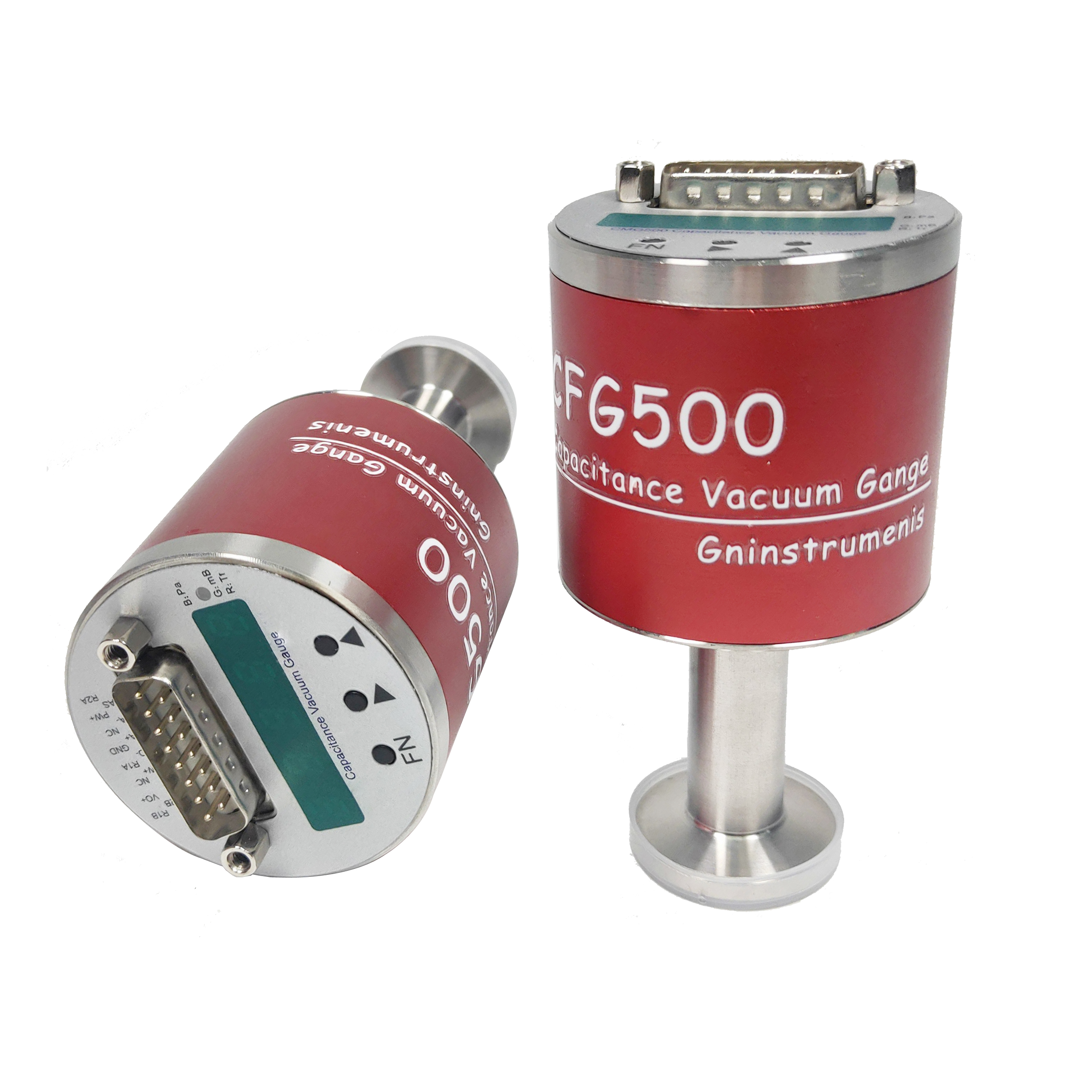
sales01@cxflowmeter.com
There are many types of vacuum gauges, which can be divided into different types according to different classification standards. Today,
JSN will analyze the classification of vacuum gauges based on the different physical mechanisms used in the measurement principle:
Utilize mechanical properties: such as Bourdon gauge and film capacitance gauge. Among them, the Bourdon gauge is a vacuum gauge
that uses the stretching phenomenon of a thin copper tube under the action of gas pressure to measure air pressure. Its measurement
range is generally from 100Pa to 1atm. The film capacitance rule is to infer changes in air pressure by measuring the capacitance changes
caused by the deformation of the metal diaphragm under different pressures. The advantage of this gauge is that it is highly sensitive.
Utilize gas dynamic effects: such as Pirani resistance gauges and thermocouple gauges. Pirani resistance gauges, also known as thermal
resistance vacuum gauges, work on the principle of the relationship between resistance and temperature.
Utilize charged particle effects: such as hot cathode ionization gauges and cold cathode ionization gauges. The hot cathode ionization
gauge is a vacuum gauge that uses hot electrons to ionize gas molecules in a vacuum, and then indirectly measures the degree of vacuum
by measuring the ion current generated.

In addition, according to the scope of use, vacuum gauges can be divided into absolute vacuum gauges and relative vacuum gauges.
The absolute vacuum gauge is a vacuum gauge that uses the force of the "wall" or "membrane" to produce displacement changes to
indicate pressure. Relative vacuum gauges use heat conduction or ionization phenomena to indirectly measure vacuum.
In addition, there are some other types of vacuum gauges, such as static liquid level vacuum gauges, elastic element vacuum gauges,
thermal conductive vacuum gauges, thermal radiation vacuum gauges, discharge tube indicators, and viscous vacuum gauges.
In short, different types of vacuum gauges have differences in principles and characteristics, so you need to choose the appropriate
type according to your needs for specific applications.
If you currently don’t know how to choose a suitable vacuum gauge, please feel free to consult winny:
Email: sales01@cxflowmeter.com

hotline
(86)021-57632436